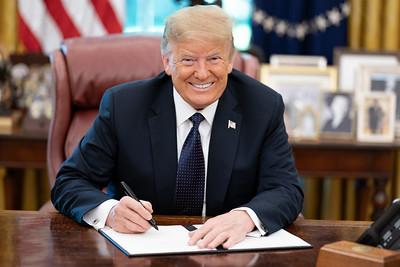The Trump administration is taking steps that could significantly undermine the Endangered Species Act (ESA), a crucial piece of wildlife legislation enacted over 50 years ago. On April 16, 2025, the U.S. Fish and Wildlife Service, along with the National Oceanic and Atmospheric Administration, announced plans to redefine the term “harm.” This proposed rule aims to eliminate the broad interpretation that currently encompasses habitat destruction as a form of harm to endangered species.
Critics argue that this change aligns with President Trump’s broader strategy to ramp up industrial activities such as drilling and logging while minimizing regulatory barriers to permit approvals. Administration officials claim the existing definition is excessively broad and claim it poses challenges for businesses by curtailing development opportunities. They advocate for a narrowed interpretation that would only protect species from direct actions leading to their intentional killing or injury.
Environmentalists, however, argue that habitat loss is a critical factor in the extinction crisis facing numerous species. The redefined terminology, they warn, would make it exceedingly difficult to safeguard essential habitats such as forests, grasslands, and waterways that are vital for the survival of endangered species. Andrew Bowman, head of Defenders of Wildlife, declared the proposed changes as potentially the most significant blow to the Endangered Species Act since its inception in 1973, emphasizing that the majority of endangered species are facing threats primarily due to habitat loss.
Critics argue that this change aligns with President Trump’s broader strategy to ramp up industrial activities such as drilling and logging while minimizing regulatory barriers to permit approvals. Administration officials claim the existing definition is excessively broad and claim it poses challenges for businesses by curtailing development opportunities. They advocate for a narrowed interpretation that would only protect species from direct actions leading to their intentional killing or injury.
Environmentalists, however, argue that habitat loss is a critical factor in the extinction crisis facing numerous species. The redefined terminology, they warn, would make it exceedingly difficult to safeguard essential habitats such as forests, grasslands, and waterways that are vital for the survival of endangered species. Andrew Bowman, head of Defenders of Wildlife, declared the proposed changes as potentially the most significant blow to the Endangered Species Act since its inception in 1973, emphasizing that the majority of endangered species are facing threats primarily due to habitat loss.






















